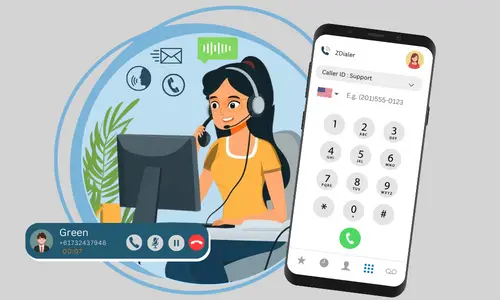What is a PRI line?
Information About Technology
Core Definition
A PRI (Primary Rate Interface) line is a high-capacity telephony connection used by businesses to link their phone systems directly to the Public Switched Telephone Network (PSTN). It delivers 23 channels for voice or data and one separate signaling channel, allowing multiple simultaneous phone calls and data transmissions.
Benefit Definition
Businesses adopt PRI lines for their reliability, greater call capacity, and advanced features. With 23 dedicated voice channels, PRI lines ensure calls always go through and support high-volume communication needs. They also offer enhanced features like caller ID and streamlined call management through PBX systems, boosting efficiency.
Explore PRI Line Solutions
Technical Definition
A PRI line operates on the ISDN (Integrated Services Digital Network) standard, utilizing a T1 (North America, Japan) or E1 (Europe, Australia) carrier line. Each of its 23 “B” channels carries 64 kbps of voice or data, while the “D” channel handles call signaling and control information. PRI lines use circuit switching for call connections, guaranteeing dedicated bandwidth and consistent Quality of Service (QoS).




















